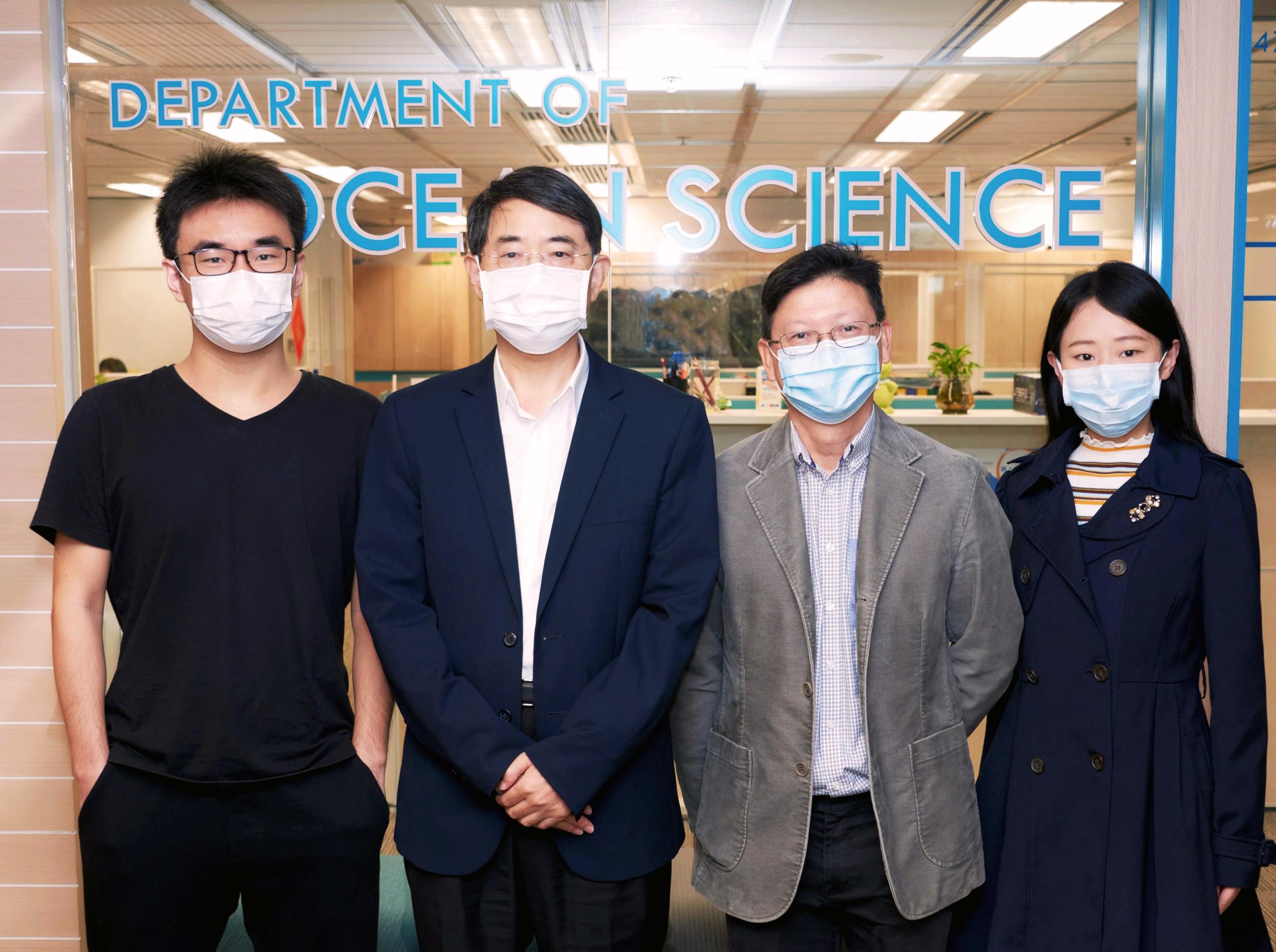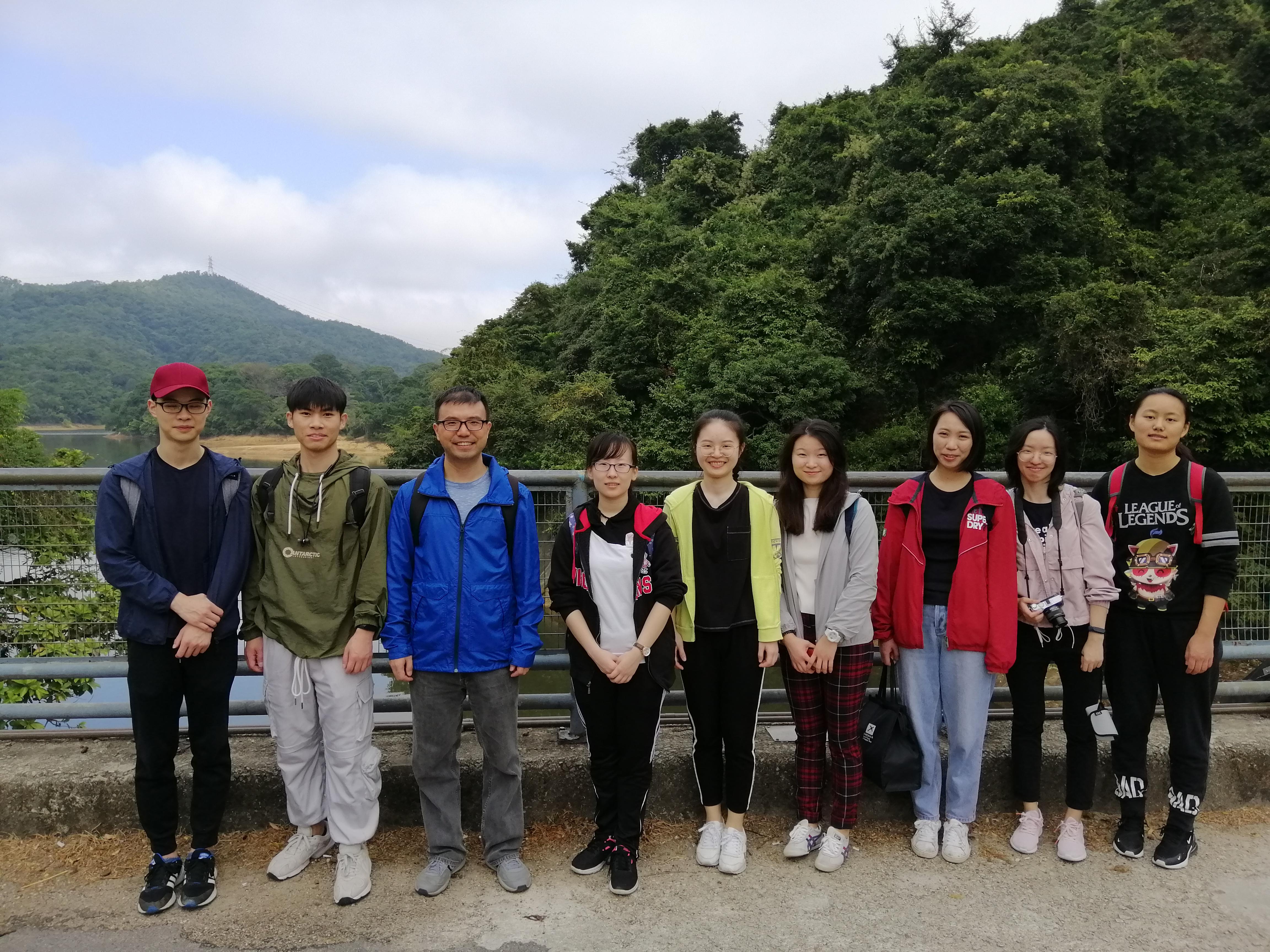

A research team led by scientists from the HKUST has revealed how secondary structure RNA elements control the cleavage activity of the DICER enzyme in both pre-miRNA and short-hairpin RNAs, improving the understanding of the DICER cleavage mechanism and providing a foundation for the design of accurate and efficient short-hairpin RNAs for gene-silencing.


The HKUST has launched today WavyOcean - the first interactive marine environment visualization platform which offers an unprecedented level of data on the ocean in the Guangdong-Hong Kong-Macau Greater Bay Area (GBA), the entire China Seas, and the Western Pacific Ocean.


Researchers at the HKUST and the University of Chicago (UChicago) have shown for the first time how to design the basic elements needed for logic operations using a kind of soft material called liquid crystal, paving the way for a completely novel way of performing computations with potential applications in robotics.


A research team led by LIFS Assoc. Prof. Tom CHEUNG has discovered the constructive role of a protein in driving the skeletal muscle stem cell activation to repair muscle following damage, laying the foundation for further study in the mechanisms of stem cell quiescence-to-activation transition and stem cell-based muscle regeneration.


A joint research team from the HKUST and the University of Tokyo discovered an unusual topological aspect of sodium chloride, commonly known as table salt, which will not only facilitate the understanding of the mechanism behind salt’s dissolution and formation...


Researchers at the HKUST have demonstrated a new way to control the quantum state through the loss of particles...


Researchers from HKUST and HKBU have decoded for the first time the demographic history, genetic structure, and...


Scientists from HKUST and PolyU have developed an in-vitro vesicle formation assay, shedding light on cargo clients and factors that mediate vesicular trafficking and providing a robust tool to offer novel insights into the secretory pathway...


A team of researchers from HKUST has developed an inexpensive, lightweight, and non-toxic (lead-free) photo-battery...


Scientists from HKUST have recently discovered a non-classical nucleation process that can greatly facilitate ice formation on foreign surfaces. This finding lays the foundation to predict and control crystallization processes...